What to Know About Scaffolding Safety
May 10, 2019
Improper scaffolding practices were the #3 OSHA violation in 2016. According to OSHA reports, an estimated 2.3 million construction workers work on scaffolds. This number translates to about 65 percent of the construction industry. American employers pay approximately $90 million in lost work days due to these accidents. Fortunately, all of these accidents can be controlled by compliance with OSHA standards.
Guidelines Companies Should Adhere To
- Scaffold must be sound, rigid and sufficient to carry its own weight plus four times the maximum intended load without settling or displacement. It must be erected on solid footing.
- Unstable objects, such as barrels, boxes, loose bricks or concrete blocks must not be used to support scaffolds or planks.
- Scaffold must not be erected, moved, dismantled or altered except under the supervision of a competent person.
- Scaffold must be equipped with guardrails, midrails, and toeboards.
- Scaffold accessories such as braces, brackets, trusses, screw legs or ladders that are damaged or weakened from any cause must be immediately repaired or replaced.
- Scaffold platforms must be tightly planked with scaffold plank grade material or equivalent.
- A “competent person” must inspect the scaffolding and, at designated intervals, re-inspect.
- Rigging on suspension scaffolds must be inspected by a competent person before each shift and after any occurrence that could affect structural integrity to ensure that all connections are tight and that no damage to the rigging has occurred since its last use.
- Synthetic and natural rope used in suspension scaffolding must be protected from heat-producing sources.
- Employees must be instructed about the hazards of using diagonal braces as fall protection.
- Scaffold can be accessed by using ladders and stairwells.
- Scaffolds must be at least 10 feet from electric power lines at all times.
Let’s Prevent Scaffolding Accidents
Data from the Bureau of Labor Statistics suggests that protecting workers from scaffold-related accidents may prevent some of the 4,500 injuries and over 60 deaths every year. Reliant Safety Solutions offers scaffolding safety and fall protection courses to help keep your employees safe. Contact us today to schedule a training which can help you reduce workplace injuries and avoid fines.

